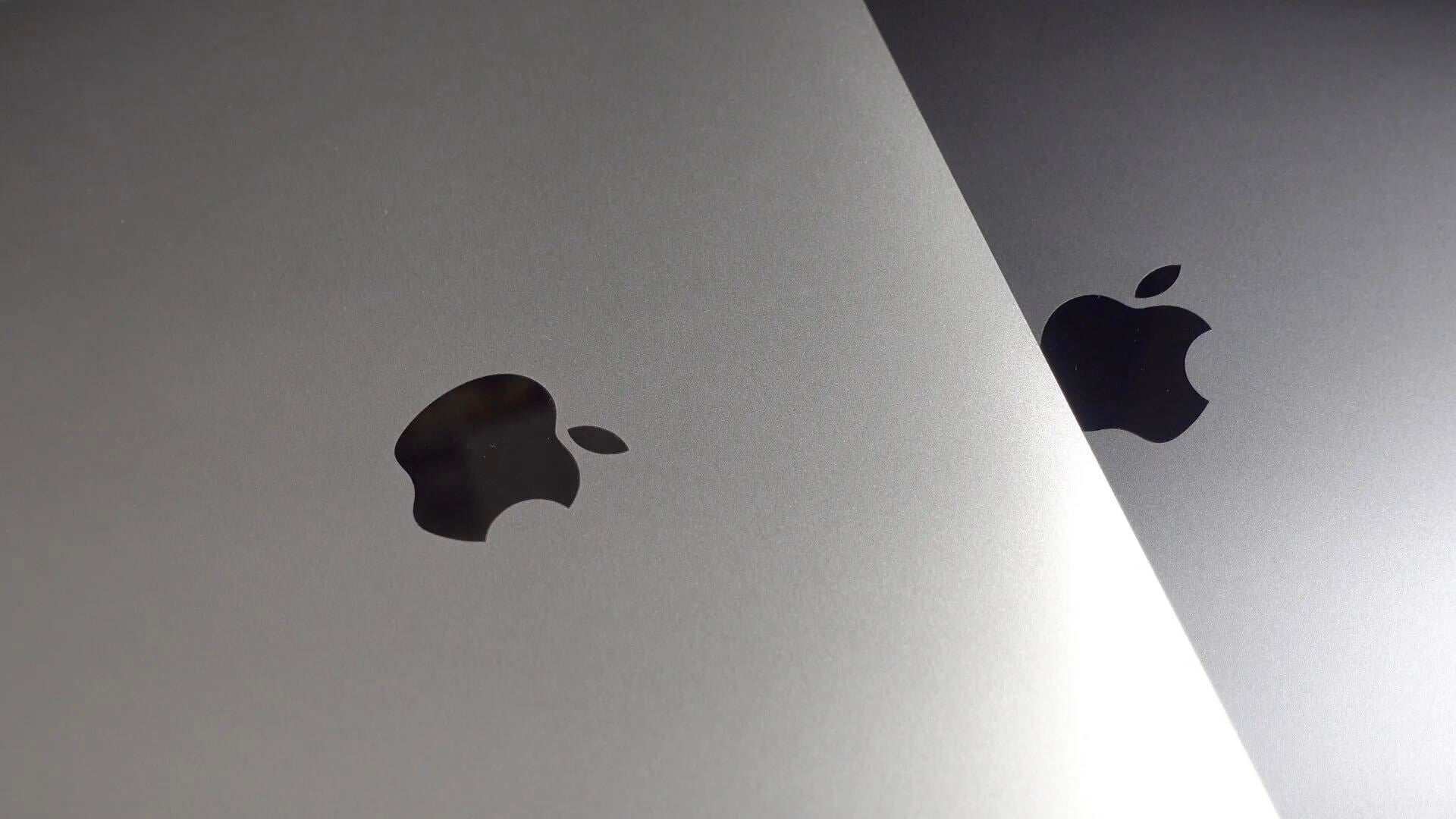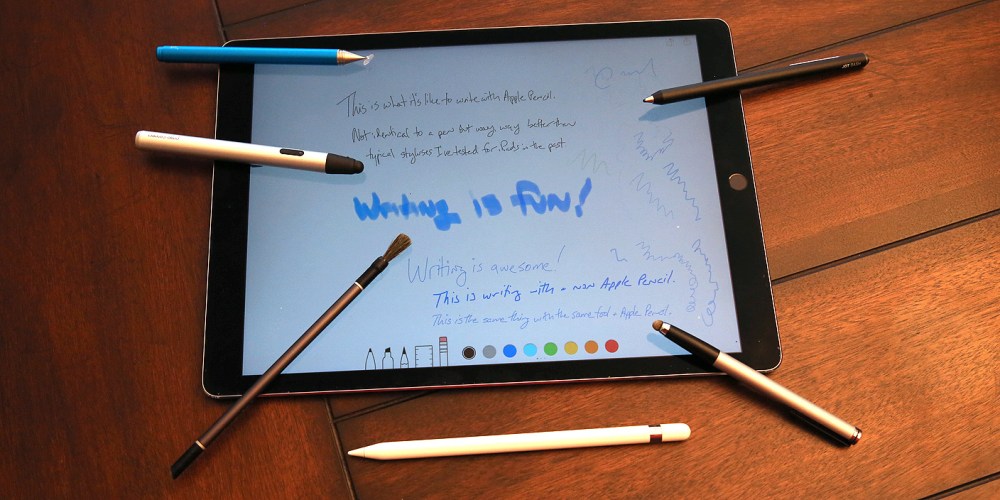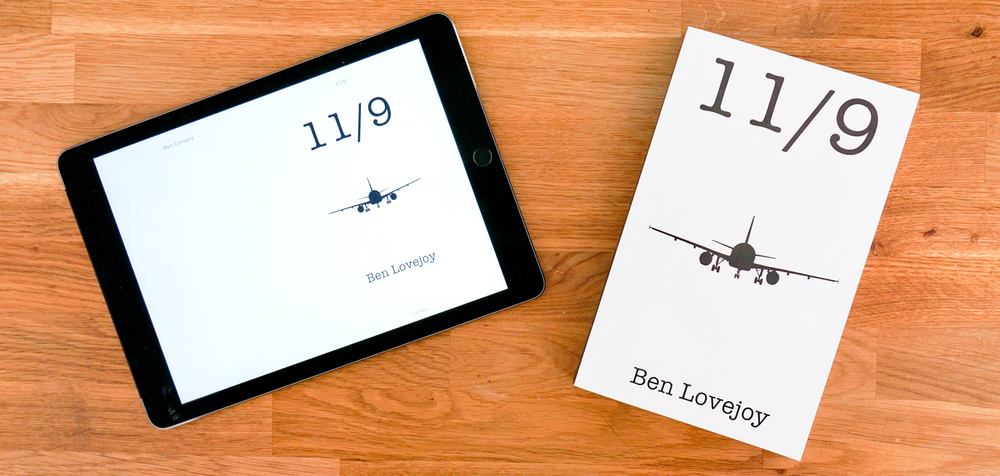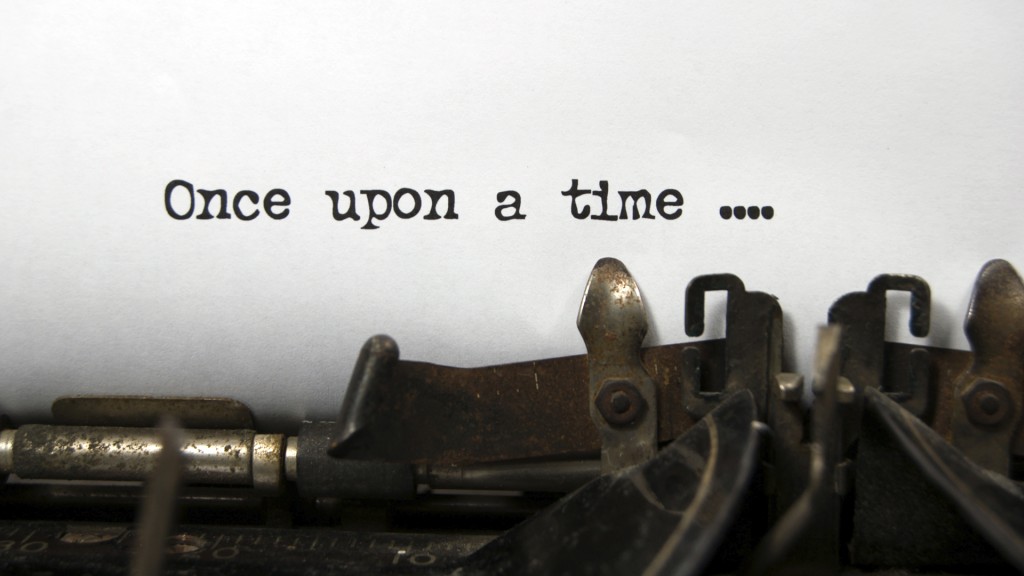Review: Final Draft 10, the Mac app that aims to make light work of screenplay writing

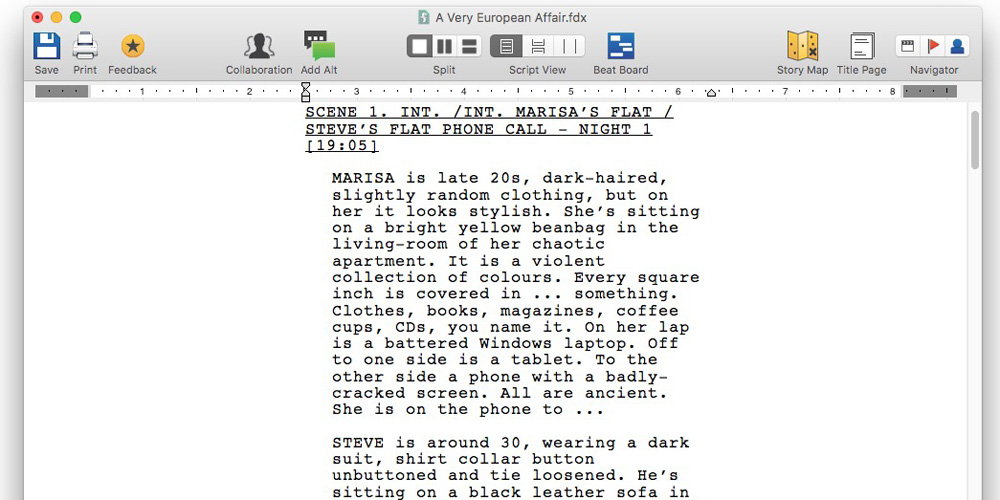
Regular readers will know I’m a big fan of Scrivener, having used the app to write three novels, two novellas and a travel guide. But when I accidentally found myself working on a screenplay for a comedy series, I thought I’d try the industry-standard software for the job: Final Draft.
Final Draft comes highly recommended, used by all the top studios and praised by such screenwriting talents as Aaron Sorkin, James Cameron, JJ Abrams, Sofia Coppola and more. Ben Stiller said that ‘Final Draft is the only screenwriting software I have ever used, and it is the only one I ever will use.’
But priced at a hefty $250 for the Mac app and another $20 for the iPad companion app, it’s not a trivial investment for most of us. So what does it do to earn such praise and justify the cost … ?

